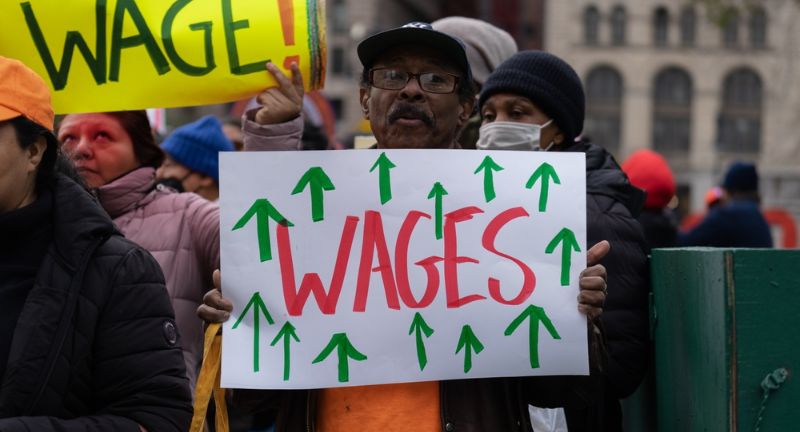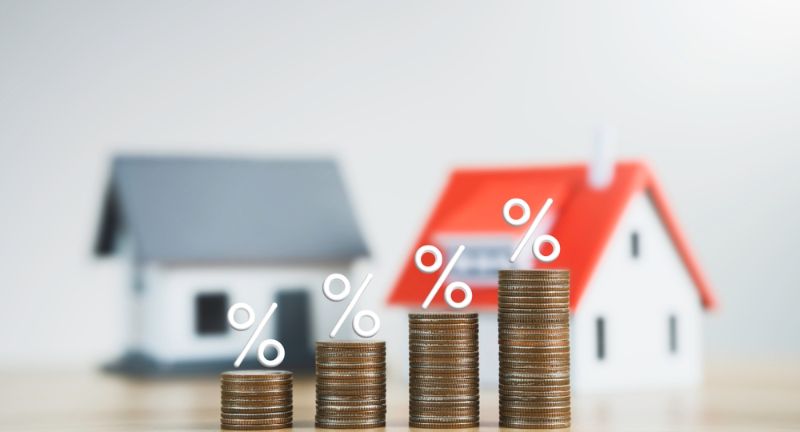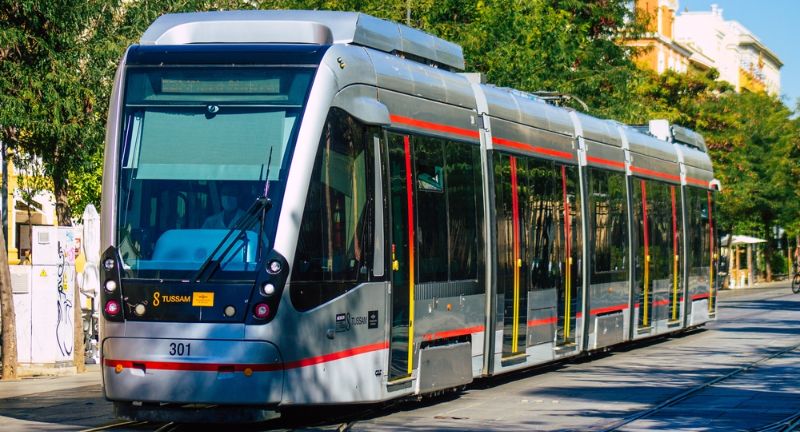NEWS
13 Reasons Why Living on the U.S. Median Income Feels Impossible Today
Published
10 months agoon

Shutterstock
In today’s fast-paced economy, many Americans find themselves struggling to make ends meet. Despite holding down full-time jobs, the gap between income and the cost of living continues to widen.
This disparity raises important questions about the adequacy of the median income in the U.S. Here, we explore thirteen compelling reasons why median income is often not enough to live comfortably or secure financial stability in the United States.
Stagnant Wages

Shutterstock
Despite economic growth, wages for many Americans have not kept pace with inflation. This wage stagnation means that even as costs for essentials like housing, food, and healthcare rise, incomes do not. Consequently, families find it increasingly difficult to maintain their standard of living, let alone improve it.
Rising Housing Costs

Shutterstock
The cost of housing has skyrocketed in many parts of the United States, outpacing the growth in median income. This mismatch makes it challenging for middle-class families to afford homes without stretching their budgets to the breaking point, often requiring them to sacrifice other essentials.
Healthcare Expenses

Shutterstock
Healthcare costs in the U.S. are among the highest in the world, and they continue to increase annually. Many Americans with median incomes find it hard to afford necessary medical care, which can lead to significant financial strain and deter them from seeking timely medical attention.
Education Costs

Shutterstock
The price of higher education in the U.S. has risen dramatically, often outpacing inflation and making college an unaffordable dream for many families. As a result, individuals from median income households either take on massive debt or forego education, limiting their future earnings potential.
Childcare Costs

Shutterstock
Childcare is a significant expense for many American families, with costs comparable to renting a home in some cities. This financial burden is particularly heavy on families earning the median income, often forcing one parent to stay home or pushing the family budget to its limits.
Inadequate Public Transport

Shutterstock
In many U.S. cities, public transportation systems are underdeveloped or inefficient, compelling residents to rely on personal vehicles. This necessity imposes additional costs such as car payments, insurance, and maintenance, which can strain the budgets of those with median incomes.
Food Insecurity

Shutterstock
Despite working full-time, many individuals with median incomes face food insecurity due to high living costs. This issue highlights the inadequacy of median income in ensuring access to basic necessities, such as nutritious food, which is essential for health and productivity.
Lack of Savings and Investments

Shutterstock
Many Americans with median incomes find it nearly impossible to save for emergencies or invest for the future. This financial vulnerability exposes them to severe risks in case of unexpected expenses or economic downturns, further endangering their financial stability.
Credit Dependence

Shutterstock
Reliance on credit cards and loans has become a common strategy for Americans to manage daily expenses and large purchases. This dependence often leads to high levels of debt, which can cripple financial health and reduce the overall quality of life for those earning median incomes.
Minimal Wage Growth

Shutterstock
While the cost of living has increased consistently, wage growth has remained minimal for the majority of the workforce. This slow growth in wages makes it increasingly challenging for those earning a median income to keep up with inflation and maintain financial health.
Increased Utility Costs

Shutterstock
Utility costs, including electricity and water, have seen significant hikes, disproportionately affecting those with fixed incomes. These increased costs are often difficult for median income households to absorb without compromising other areas of their budget.
Economic Inequality

Shutterstock
Economic inequality has widened in the U.S., with the richest individuals gaining disproportionately high income increases compared to the median wage earner. This disparity makes it increasingly difficult for median income earners to achieve upward mobility and financial security.
Unpredictable Employment

Shutterstock
The rise of gig economy jobs and contract positions has led to unpredictable employment conditions for many. This lack of job security and benefits, prevalent among median income workers, contributes to financial instability and difficulty in long-term planning.
Conclusion

Shutterstock
As these fourteen points illustrate, median income in the U.S. often falls short of covering the rising costs of living. This economic reality forces many Americans into precarious financial situations, challenging their ability to thrive and plan for the future. Addressing these issues requires significant policy changes and economic reforms aimed at improving wage growth and reducing living costs. Without these changes, the dream of a stable, financially secure life remains elusive for many.
Related Topics:

More From Financially+
-


22 Traits That Make Employers See Gen-Z as Toxic at…
-


20 Electrifying Benefits of Switching to an Electric Car
-


23 Fun Facts You Never Knew About The Penny
-


19 Costly Home Renovations That Rarely Add Value
-


Does Gen Z Spell The End Of The Republican Party?
-


12 Big US Cities That Act Like They’re the Center…
-


Planning Your Retirement? Don’t Skip These 23 Key Questions
-


20 Savvy Tips to Keep Osteoporosis at Bay
-


15 American Towns Unlike Any Other